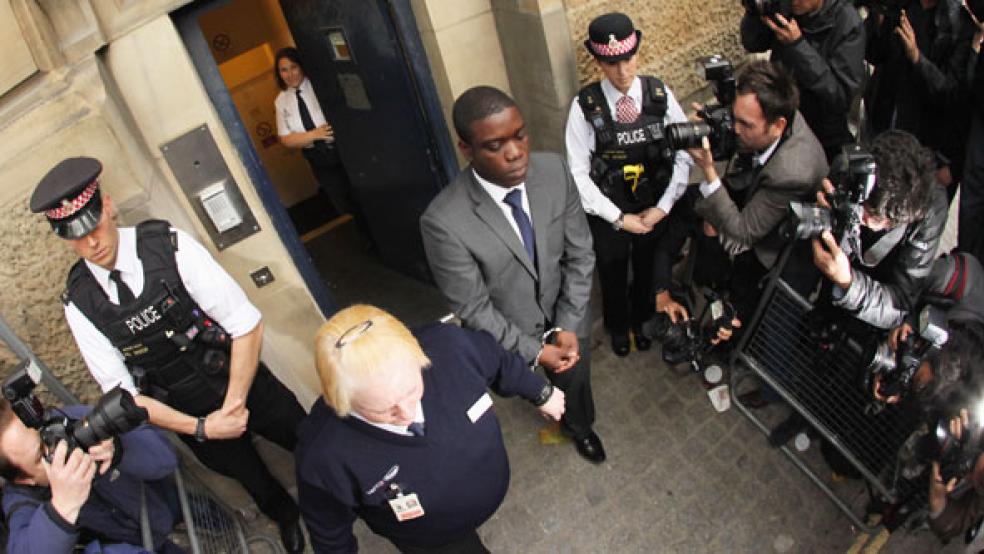Anyone who basks in the delusion that new regulations in the United States or Europe will rein in runaway risk-taking on the part of giant financial institutions might want to take a look at a new e-book titled How to Be a Rogue Trader by John Gapper. This timely, pithy and insightful release from Penguin's Portfolio imprint takes the issue of rogue traders – like those recently discovered at rogue traders , and those who doubtless are learning their craft at other financial institutions right now – and ties it squarely to the larger debate over the future of Wall Street. Gapper, the associate editor of The Financial Times, knows the subject well; after all, he literally wrote the book about one of the first and most toxic rogue traders of all time, Nick Leeson, who brought about the 1995 collapse of the centuries-old Baring's Bank with his misadventures in derivatives trading.
Financial institutions may fail, but rogue traders endure, Gapper reminds us. As recently as September of this year, Kweku Adoboli was charged with fraud in connection with unauthorized trades at the Delta One trading desk of UBS. Those trades left UBS staggering under a loss of $2.3 billion – and its investors wondering why the bank had failed to respond to the warning signals of ts own computer system. The answer, Gapper argues, is straightforward: In the process of transforming itself from staid lending institution into global investment bank, UBS (like other institutions) "not only took risks that they did not understand” but also left themselves open to fraud. "Long before Adoboli, UBS was a rogue bank," Gapper writes.
Of course, no bank sets out to transform its trading desk into a cozy little home for rogue traders like Leeson, Adoboli or Jerome Kerviel of Societe Generale, who lost nearly €5 billion for his firm. On the other hand, they seem all too willing to believe that they employ geniuses who have figured out ways to generate eye-popping returns using low-volatility strategies – Wall Street's version of the Holy Grail. Rogues "do not appear to be reckless gamblers," Gapper reminds us. "They seem to have solved the conundrum of finance, that high rewards involve high risks. It is so enticing that no one realizes it is too good to be true." Or at least, no one wants to believe those enticing numbers on the trading desk's P&L statement might be nothing more than the result of a giant fraud in the making. As Gapper points out, it is those institutions that have most to gain by trying to boost their status vis-à-vis rivals like Goldman Sachs that tend to be the institutions within which the rogues have flourished.
Starting with a brisk canter through some of the principles that underlie behavioral finance (what on earth makes a rogue trader behave so irrationally?) and ending with a sobering reminder that it's ultimately in the banks' interests to tolerate a certain degree of rogue-like behavior, Gapper's book should be must-reading for every senior Wall Street executive as well as every Occupy Wall Street protester who wants to understand the game that’s really afoot in the offices he pickets.
Read an excerpt from John Gapper’s How to Be a Rogue Trader.



